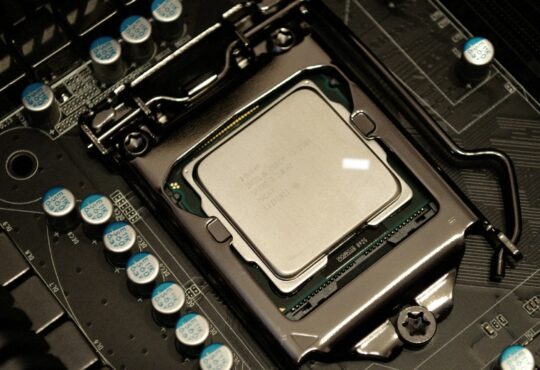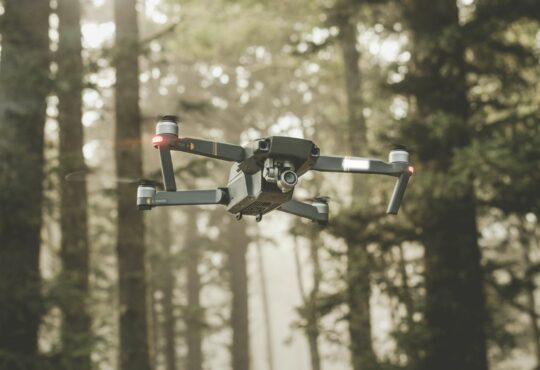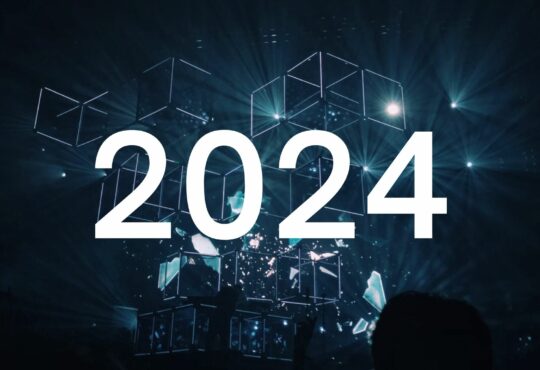Direct air capture plants seek to combat global warming in an entirely new way. Instead of limiting emissions, they pull carbon dioxide right out of the air around us. Giving us the unique ability to erase past mistakes. Direct air capture could prove to be a crucial tool in reaching the goals of the 2015 Paris agreement.
An unproven technology that has still to be deployed at large scale but despite that, it has already gained a fairly large following. Perhaps one of its most notable supporters is tech giant Microsoft. The company has pledged to not only become climate neutral but to erase all of its past emissions. Direct air capture (or DAC) is their method of choice, as they have established a $1 billion dollar fund dedicated to the technology.
How do direct air capture plants work?
Direct air capture plants basically look like a mix between a freight container and an AC unit. The fans on the side of the big metal box suck in air which is then transported to a specially developed filter. The solid sorbent filter traps the carbon dioxide, when full it triggers the next step in the process.
The DAC unit heats the filter to around 212 °F or 100 °C, this clears the filter and the separated carbon dioxide is transported to a second building. Here it’s mixed with water at a rate of 27 tons of water for one ton of carbon dioxide. This mixture is then pumped deep into the ground where basaltic rock causes a reaction.
During approximately 2 years the “carbonated water” will slowly turn into carbonated minerals and, eventually, become solid rock. There are other methods for storing or using the captured carbon but this one is considered one of the most sustainable. When stored in basaltic rock it remains trapped for thousands of years.
The problems of DAC
While it is a very promising technology, DAC does come with a couple of major problems and challenges. As you might suspect, the DAC plant requires a fairly big amount of energy and heating. This is problematic when a reduction in energy usage is needed to reach climate goals.
Most companies are solving this by building green energy sources around their plants. A DAC plant in Texas is surrounded by a giant solar farm and in Iceland, Climeworks uses clean thermal energy. One question remains, however, could this energy be more efficiently used by replacing dirty energy sources?
The second major problem is the price. Currently, Microsoft and other big companies are buying captured carbon for about $600 per ton. While a ton might sound like a lot, Microsoft produces about 11 million tons of emissions per year.
Hopefully, economics of scale will kick in and we see a much lower price in the future. If you believe in the technology and want to make a difference, it’s possible to buy a subscription at climeworks.com. For 30 euros you will help lock up 30 kg of CO2 permanently, it’s by no means a huge amount but it could help develop the technology further.
Top image credit: Climeworks AG.





